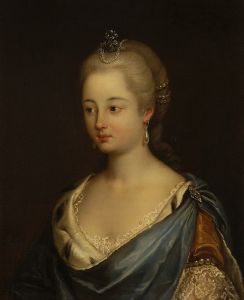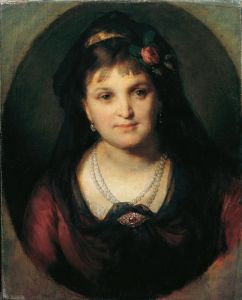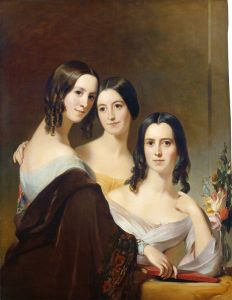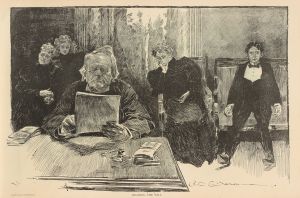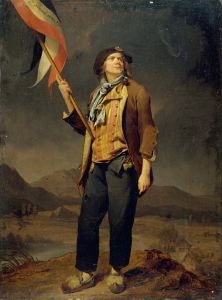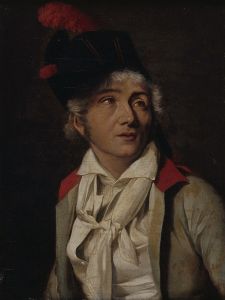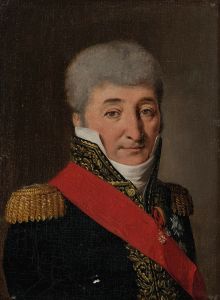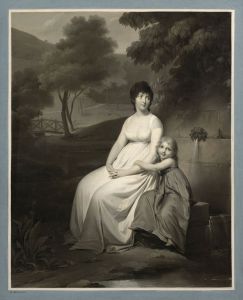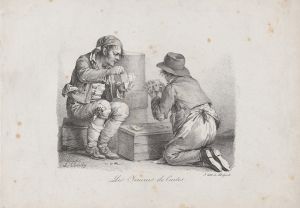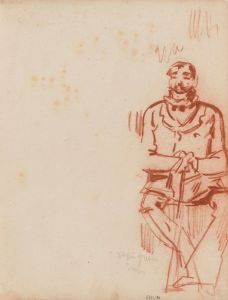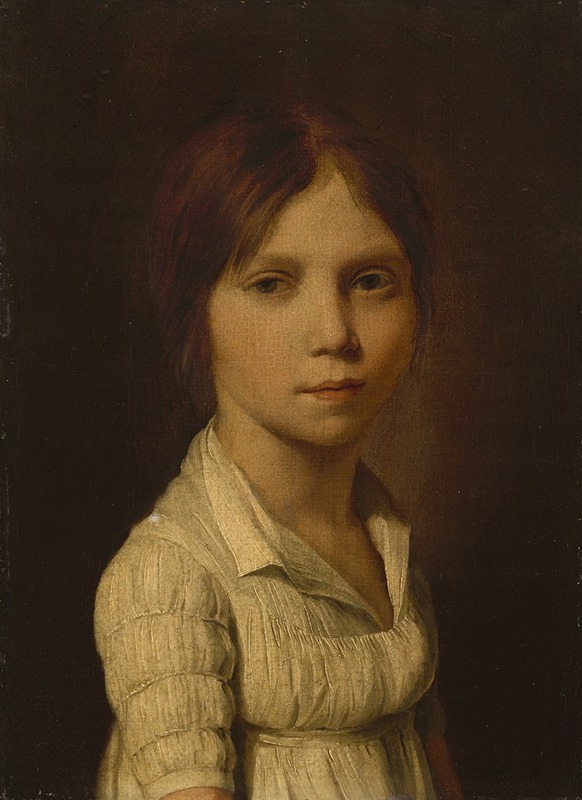
Caroline Mortier de Trévise
A hand-painted replica of Louis Léopold Boilly’s masterpiece Caroline Mortier de Trévise, meticulously crafted by professional artists to capture the true essence of the original. Each piece is created with museum-quality canvas and rare mineral pigments, carefully painted by experienced artists with delicate brushstrokes and rich, layered colors to perfectly recreate the texture of the original artwork. Unlike machine-printed reproductions, this hand-painted version brings the painting to life, infused with the artist’s emotions and skill in every stroke. Whether for personal collection or home decoration, it instantly elevates the artistic atmosphere of any space.
Louis Léopold Boilly (1761–1845) was a French painter and draftsman known for his detailed and intimate portraits, as well as his genre scenes that captured the social life of his time. Among his extensive body of work is the painting titled Caroline Mortier de Trévise. This artwork is a portrait of Caroline Mortier de Trévise, a member of the French aristocracy.
Caroline Mortier de Trévise was the daughter of Édouard Mortier, Duke of Trévise, a prominent military leader and Marshal of France under Napoleon Bonaparte. Her father played a significant role in the Napoleonic Wars and was later appointed as a peer of France during the Bourbon Restoration. The Mortier family was well-connected and influential, and Caroline's portrait reflects her status within the upper echelons of French society.
Boilly's painting of Caroline Mortier de Trévise exemplifies his skill in capturing the elegance and refinement of his subjects. Known for his meticulous attention to detail, Boilly often portrayed his sitters with a sense of realism and individuality, while also adhering to the stylistic conventions of portraiture in the late 18th and early 19th centuries. In this work, Caroline is depicted with a poised and graceful demeanor, her attire and accessories reflecting the fashion of the period. The painting highlights Boilly's ability to render textures, such as fabric and skin, with remarkable precision.
The exact date of the painting is not definitively documented, but it likely falls within the early 19th century, a period when Boilly was actively producing portraits of notable figures. The work is representative of the transition from the Rococo style to the more restrained and neoclassical aesthetic that characterized much of the art during the Napoleonic era.
As with many of Boilly's portraits, Caroline Mortier de Trévise serves not only as a depiction of an individual but also as a reflection of the cultural and social milieu of the time. The painting provides insight into the fashion, values, and artistic trends of early 19th-century France.
The current location of the painting is not widely documented, and further details about its provenance or exhibition history are not readily available. However, Boilly's works are held in numerous public and private collections, and his contributions to French art continue to be celebrated for their technical mastery and historical significance.





